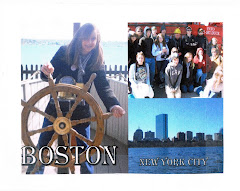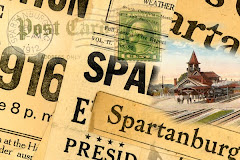 On the literary map, travel from Boston to Cambridge, Massachusetts.
On the literary map, travel from Boston to Cambridge, Massachusetts.Calculate:
# _____________ Miles to Cambridge, Massachusetts
$ _____________ Cost for Gasoline to Cambridge, Massachusetts
Visit e e Cummings at www.Poets.org and fill-in-the blanks.
"Edward Estlin Cummings was born in Cambridge, Massachusetts, _____________. He began writing poems as early as 1904 and studied Latin and Greek at the Cambridge Latin High School. He received his B.A. in 1915 and his M.A. in 1916, both from _____________. His studies there introduced him to ___________________ writers, such as Gertrude Stein and Ezra Pound."
"In 1917, Cummings' first published poems appeared in the anthology Eight Harvard Poets. The same year, Cummings left the United States for France as a ___________________ in World War I. Five months after his assignment, however, he and a friend were interned in a prison camp by the French authorities on suspicion of espionage (an experience recounted in his novel, The Enormous Room) for his outspoken ____________________________."
"After the war, he settled into a life divided between houses in rural ____________ and Greenwich Village, with frequent visits to Paris. He also traveled throughout Europe, meeting poets and artists, including Pablo Picasso, whose work he particularly admired. "
"In his work, Cummings experimented radically with _______, ________________, ___________ and ___________, abandoning traditional techniques and structures to create a new, highly idiosyncratic means of poetic expression."
"Later in his career, he was often criticized for settling into his signature style and not pressing his work towards further evolution. Nevertheless, he attained great popularity, especially among young readers, for the simplicity of his language."
READ “anyone lived in a pretty how town” and answer the questions.
This poem tells of a quiet life lived by a couple in an ordinary town. Considering that the word “know-how” refers to busyness and work, what kind of town is suggested by Cummings’ phrase “pretty how”?
The hero of our story is “anyone”: “noone” is the heroine. What do the names anyone and noone suggest about the kind of people Cummings is concerned with? What line first indicates that noone loves anyone.
The “someones” and “everyones” are the people all around “anyone”: and “noone” – all the sombodies doing their important busyness. What is suggested about the someones and everyones by the phrase “both little and small”? What is suggested about the meanins of the works little and small by “both little and small”?
The line “with up so floating many bells down” is suggestive but indefinite. Does the meaning “with so much going on all the time” explain the phrase in the two places it occurs? In this context, what might the children have forgotten “as up they grew”?



















